The storage of energy in electrical power systems is becoming increasingly common. Extraordinarily large wildfires are causing many to install energy storage systems on their homes to provide power when the utility grid is not available or has been turned off to prevent further wildfires. Utilities are adding energy storage to complement the gigawatts of renewable wind and photovoltaic energy systems that they are installing.
The science of energy storage is provided by the industries developing energy storage components and systems. The art comes from understanding and interpreting the National Electrical Code (NEC) requirements to safely and effectively install and inspect those components and systems. The various sections of the Codethat deal with the storage of energy have numerous Informational Notes (which are not enforceable parts of the Code). To some extent, this indicates the relatively new nature of how the Code deals with the storage of energy. There have been substantial changes in various sections of the 2020 NEC, particularly in Article 706, which deals with energy storage systems (ESS). These changes suggest that we tread carefully when applying the various Code sections to a particular energy storage system.
The Basics
The following articles and sections deal with the storage of energy in one form or another: Article 480 (Storage Batteries), Article 706 (Energy Storage Systems), Article 710 (Stand-Alone Systems), Article 712 (Direct-Current Microgrids), and a few sections in Article 705 and Article 690 that refer, somewhat indirectly, to energy storage systems.
Article 480 (Storage Batteries) has been in the Code for many editions. Based on its contents, it has and still refers primarily to lead-acid batteries, and the various components of these batteries are noted in the definitions section 480.2 (see photo 1). Of course, the various requirements in this article will also apply to other battery types. In general, the article deals with the handling, installation, and interconnection of separate battery cells or combinations of batteries into a battery system.
Article 480 references numerous Institute of Electrical and Electronics Engineers (IEEE) Standards in the Informational Notes, which, while available (https://www.techstreet.com/ieee/pages/home), are not inexpensive, even for IEEE members. A number of these standards are recommended practices that provide substantial amounts of information on the recommended ways of installing, operating, and maintaining storage batteries.
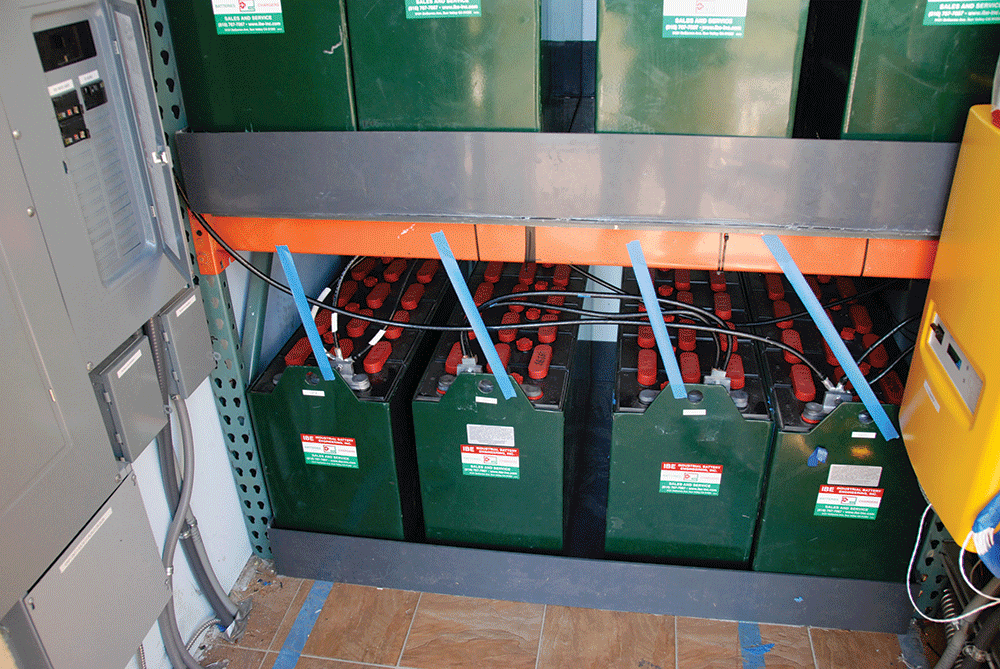
Article 706 [Energy Storage Systems (ESS)] is a relatively new article in the NEC that deals primarily with packaged, fully listed systems that store energy and provide that energy into a premises wiring system or an electric power production and distribution network (see photo 2). The 2020 NEC has a significant change from the 2017 NEC. The earlier Code allowed energy storage systems to be self-contained, assembled from listed components in the field from pre-engineered matched components, and included other types of ESS. The 2020 NEC defines ESS only as listed complete systems.

Another change between the current Code and the earlier edition is that the Scope of the 2017 NEC said that the article applied to all ESS operating at over 50 V AC or 60 V DC that are permanently installed, and that may be standalone or interactive with other electric power production sources. However, the 2020 NEC has changed the Scope to eliminate the voltage requirement but now specifies that the article refers to all energy storage systems with a capacity greater than 1 kWh. This could be as small as a 12-volt 85 Amp-Hour battery. These systems may still be standalone or interactive with other electric power production sources.
The complexity of the types, design, installation, and operation of ESS may be indicated by the numerous Informational Notes that are liberally spread throughout this article. These Informational Notes elaborate on the Code requirements and, in many cases, refer to sources of additional information such as IEEE and Underwriters Laboratories (https://www.ul.com/apps/ul-standards-sales-site) standards that provide details on the installation and operation of these systems.
Energy storage systems may include but are not limited to batteries, capacitors, and kinetic energy devices. Inverters and converters to change voltage levels and/or frequencies between AC and DC may be included. AC inputs or outputs and/or dc inputs or outputs may be present depending on the design and application of the ESS (706.2).
Other articles may directly or indirectly have some relationship to energy storage systems. Part II of Article 705 (Microgrid Systems) and Article 712 (Direct Current Microgrids) may include, but not require, an energy storage system. Article 710 (Stand-Alone Systems) operates without being connected to electric power production and distribution network; however, these systems may also be utility-interactive when a multi-mode inverter is used. In many cases where renewable energy sources are used, some sort of energy storage system will provide energy when the renewable source is not available.
Looking Deeper
Article 480 (Storage Batteries) In many cases, the batteries addressed by this article are “vented” flooded lead acid or “sealed” valve-regulated lead-acid batteries and may range from a single 2-volt cell to a large battery room full of cells or batteries operating at 600 V DC and hundreds if not thousands of amps. Many sections of this article deal with the accessibility, the interconnection, and the ampacity of the conductors used to connect the battery system’s parts.
For cells or batteries having exposed terminals, there are numerous requirements for preventing inadvertent contact with these energized terminals as well as protecting the terminals from any corrosive environment such as battery acid fumes. Any battery types requiring routine maintenance (i.e., checking voltages, cleaning terminals, or adding water) are required to have working space around the maintenance areas (480.4) [see photo 3].

Vented cells are required to be equipped with a flame arrester, and sealed cells are required to be equipped with pressure release vents. Rooms containing cells for batteries that may off-gas or vent explosive gases such as hydrogen must be well ventilated (480.10). Historical experience has indicated that venting manifolds to each cell are not recommended.
Intercell and inter-tier conductors and connections must have an ampacity sufficient for the expected currents. Flexible cables (Article 400) in sizes 2/0 AWG and larger are permitted between the battery terminals and an external wiring method, which is required to comply with the fixed wiring requirements of Chapter 3 in the Code.
DC disconnecting means are covered in significant detail in section 480.7. These include operating modes, location requirements, and marking requirements.
Battery circuits operating over 240 V must have provisions for segmenting the series-connected strings into segments not exceeding 240 V. Bolted or plug-in non-load-break rated connectors or terminals are permitted to meet this requirement [480.7(C)].
Section 480.13 permits the use of ungrounded conductors on systems with operating voltages (line to line or line to ground) exceeding 100 V if a ground fault detector and indicator are installed.
The storage batteries and charge management systems shall be listed, except lead-acid batteries themselves are not required to be listed (480.3).
Article 706 (Energy Storage Systems). An energy storage system’s basic definition is that it is an assembly of one or more components capable of operating in a standalone mode providing energy to a premises wiring system or an electrical power production and distribution network (utility-interactive). The Informational Note No. 2 attempts to delineate the differences between a battery (Article 480) and an energy storage system (this article).
In some cases, the requirements in this article are based on the design, installation, and operation of an energy storage system using lithium-ion cells and batteries, which require a more robust charge management system than older technologies like lead-acid cells and batteries
Energy storage systems shall be listed (706.5). The installation and maintenance of ESS equipment and all interconnections shall be performed only by qualified persons (706.3). Nameplate marking requirements are established by Section 706.4.
Somewhat unusual in the NEC is a requirement for maintaining the system and logging the maintenance actions that can be found in Section 706.7.
Section 706.15 establishes the requirements for the ESS disconnecting means, including location marking, remote actuation requirements, and warnings. New to the 2020 NEC is a requirement for one- and two-family dwellings to have an emergency, exterior, readily accessible disconnect for the ESS [706.15 (A)]. Authors note: This requirement could be applied to small, wall mounted ESS associated with PV systems.
Section 706.16 establishes the various requirements when the ESS is connected to other energy sources, and most of these requirements refer to similar requirements in Article 705.
Section 706.20(A) requires that adequate ventilation be supplied appropriately to the technology being employed and the instructions provided with the listed device. Section 706.20(B) requires that ESS in dwelling units with exposed terminals be limited to 100 volts between conductors or ground. If the energized terminals are not accessible during routine maintenance, an exception allows the voltages to be as high as 600 volts.
Overcurrent protection requirements for ESS are defined in section 706.31. These are as expected and require a dc rating for any device used in dc circuits, a current limiting function, and be rated for 125% of the maximum currents in the circuit. They may be fuses or circuit breakers. Any circuits from an ESS that pass through a wall floor or ceiling shall have overcurrent protection at the ESS end of the circuit [706.31(F)].
Part V of Article 706 deals with the new technology of flow battery energy storage systems (see photo 4). A flow battery is an energy storage component that stores its active materials in the form of two electrolytes external to the reactor interface (where the voltage and currents are generated). The electrolytes are transferred between reactor and storage tanks as the device is discharged or recharged (706.2). Flow batteries shall meet the electrical connection requirements of Article 692 (Fuel Cell Systems) unless dictated otherwise by the provisions of Article 706 (706.40).
All inlets and outlets for the electrolyte material in the flow battery shall be identified and marked with the name and the chemical composition of the electrolyte (706.41). An electrolytic containment system and an alarm system are required to deal with any releases or spills of the electrolyte (706.42).
Other energy storage systems must comply with the general requirements for electrical connections found throughout the Code. Applicable sections of Article 705 may apply and shall be followed (706.50).
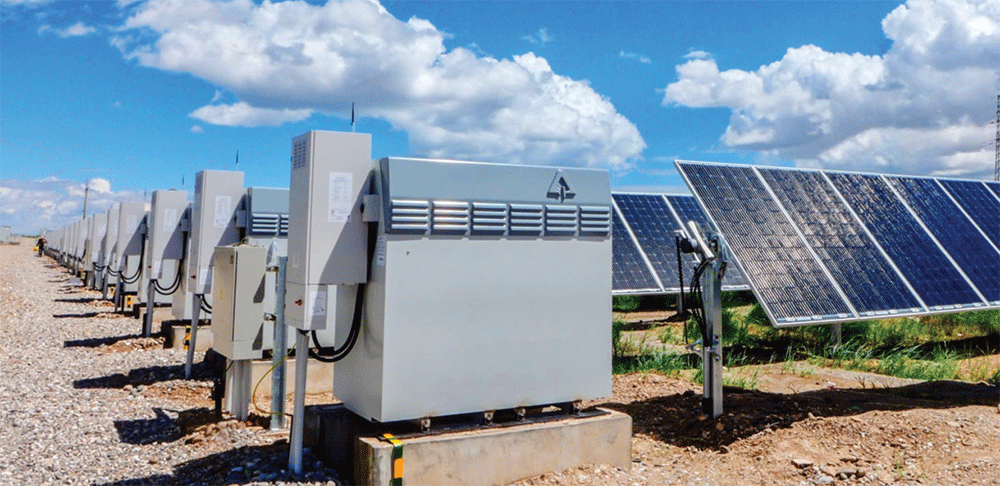
Article 710 (Stand-Alone Systems). These systems are electrical power production systems that operate in an island mode and are not connected to an electric power production and distribution network. These systems could be installed in remote dwellings, national parks, instrumentation sites used by the fossil fuel production industry, and other off-grid applications (see photo 5).
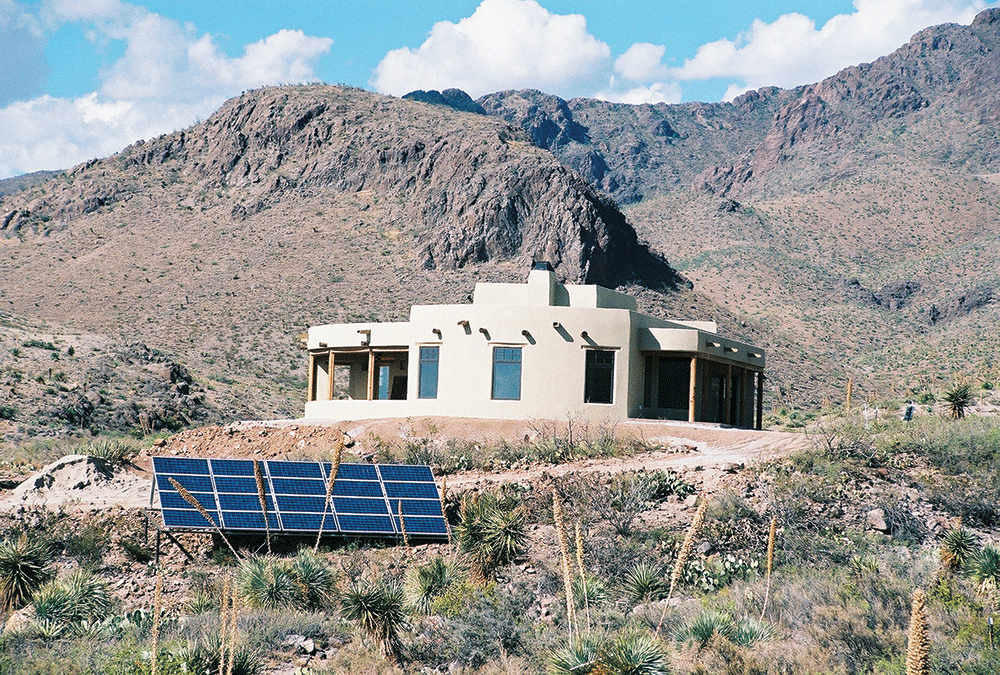
A dwelling with a multimode utility-interactive inverter capable of both stand-alone operation and utility-interactive operation would not, according to the Code, be defined as a stand-alone system. If such a system were completely disconnected from the utility power production system and distribution network and operated only in the stand-alone mode, it would be considered a stand-alone system.
A stand-alone system may have multiple power sources, including photovoltaics (PV), wind turbine, micro-hydro system, and/or a fossil-fueled backup generator. Where renewable energy sources are involved, an energy storage system will typically be used to provide premises energy when the renewable resource is not available or insufficient to meet load requirements.
In dwellings with smaller power systems, the energy storage system may only be a battery bank and fall under Article 480 requirements. In some cases, a dwelling may have a lithium-ion battery bank with its included charge management system (CMS) but, the inverter providing ac to dc and possibly dc to ac functions would, in most cases, not be included with the battery bank. Typically, the lithium-ion battery bank and its charge management system would be listed and could be considered an ESS under Article 706.
However, because the power conversion device (the inverter) is typically not part of the lithium-ion system, that system might be considered just a battery and fall under Article 480 requirements. Certainly, a gray area that the authority having jurisdiction (AHJ) will need to discuss with the system installer. For a relatively simple system, there may be few, if any, differences in the various requirements between Articles 480 and 706.
Larger standalone systems such as those that are found at remote National Parks where there is no utility grid may have very large PV systems (hundred kilowatts or more) and very large battery banks. Such systems installed possibly decades ago would come under Article 480 requirements because there is no listed, packaged system. However, in recent times, various manufacturers are making integrated standalone inverter/energy storage systems that are fully listed. In this case, Article 706 would more than likely apply.
When inspecting or conducting a plan review on a stand-alone system with multiple sources of energy, the Code requirements for each energy source and each energy storage system must be examined carefully. Grounding is one particular area that needs special attention because the grounding system requirements (for instance, in PV systems) are constantly changing from Code edition to Code edition, and the energy storage system grounding requirements may not be entirely compatible.
For example, Section 690 may allow the PV system to be functionally grounded, solidly grounded, grounded by the grounded inverter output, or have some other form of grounding. However, Section 480.13 permits battery circuits exceeding 100 volts to operate ungrounded, provided there is a ground fault detector-indicator system installed. If an Article 706 ESS is involved, the grounding instructions provided with the listed unit must be followed.
Article 712 (Direct Current Microgrids). A dc microgrid is a power distribution system consisting of one or more interconnected dc power source supplying dc-to-dc converters, dc loads, and/or ac loads powered by dc-to-ac inverters. A typical dc microgrid may have a nominal bus voltage of 380 volts, and care will be needed to find and select overcurrent protective devices rated at this voltage. A dc microgrid is typically not directly connected to an ac primary source of electricity, but some dc microgrids interconnect via one or more dc-to-ac bidirectional converters or dc-to-ac inverters.
An energy storage system or battery bank may be connected to a dc microgrid through a dc-to-dc converter, which may also include a charge controller or charge management system. As mentioned previously, determining which requirements from Article 480 or Article 706 that apply will require careful consideration.
DC microgrids operating at more than 300 votes shall be reference grounded or functionally grounded. Ungrounded, reference grounded, or functionally grounded dc microgrids operating voltages greater than 60 V shall have ground-fault detection that indicates that a fault has occurred. The various available grounding systems that can be applied to a dc microgrid must be coordinated with the various grounding requirements for loads and sources connected to that grid.
Where the requirements of Article 712 differ from the requirements of other articles in the Code, the requirements of Article 712 shall apply. Where ac interconnections are involved through inverters or bidirectional converters, the requirements of Article 705 shall apply (712.3). Any equipment used in the dc circuits of the dc microgrid shall be listed and labeled for dc use (712.4).
Summary
As the country and the world inevitably move from a fossil fuel-based economy to a renewable energy-based economy, the use of energy storage systems will become increasingly common at the residential level, the commercial level, and the utility and industrial levels. The National Electrical Code has the beginnings of requirements associated with each of the different energy storage systems. We can anticipate that those requirements will become more detailed and extensive in future editions of the Code. It behooves each of us as system designers, installers, researchers, plan reviewers, and inspectors to become as familiar as possible with these systems and the ever-changing requirements in the NEC that apply to them.





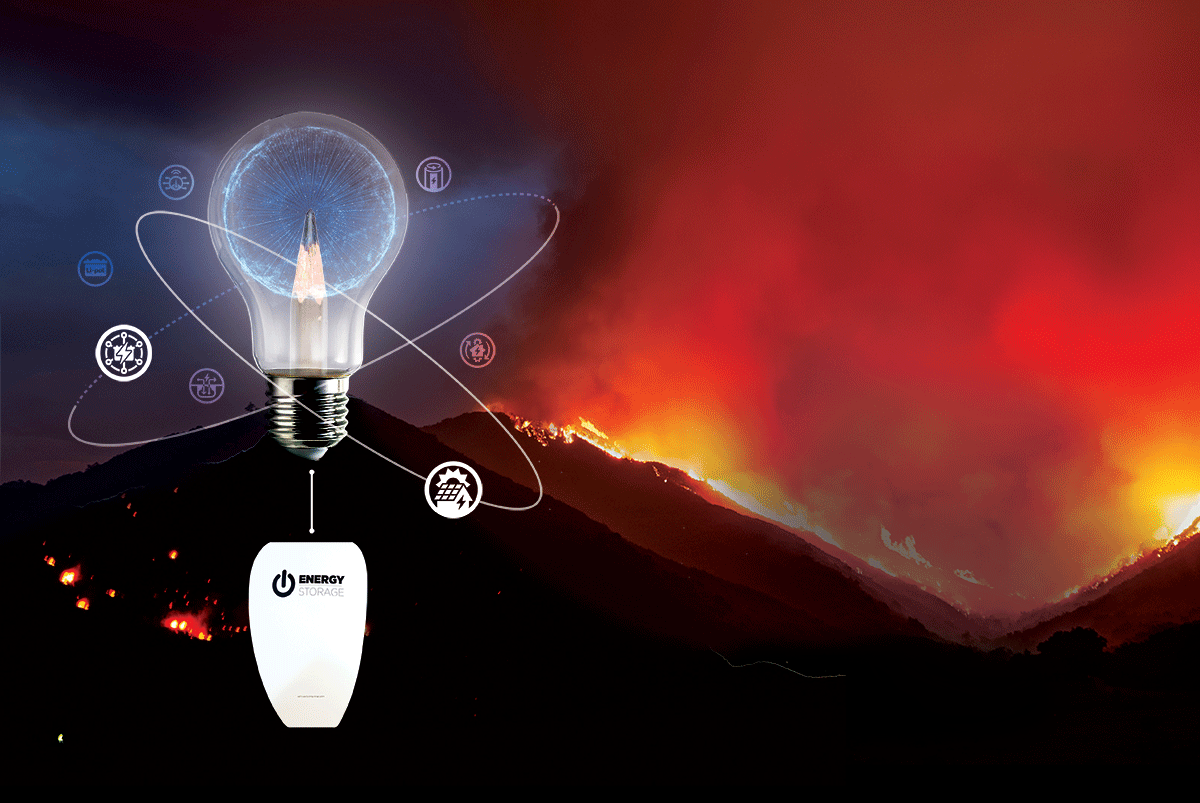







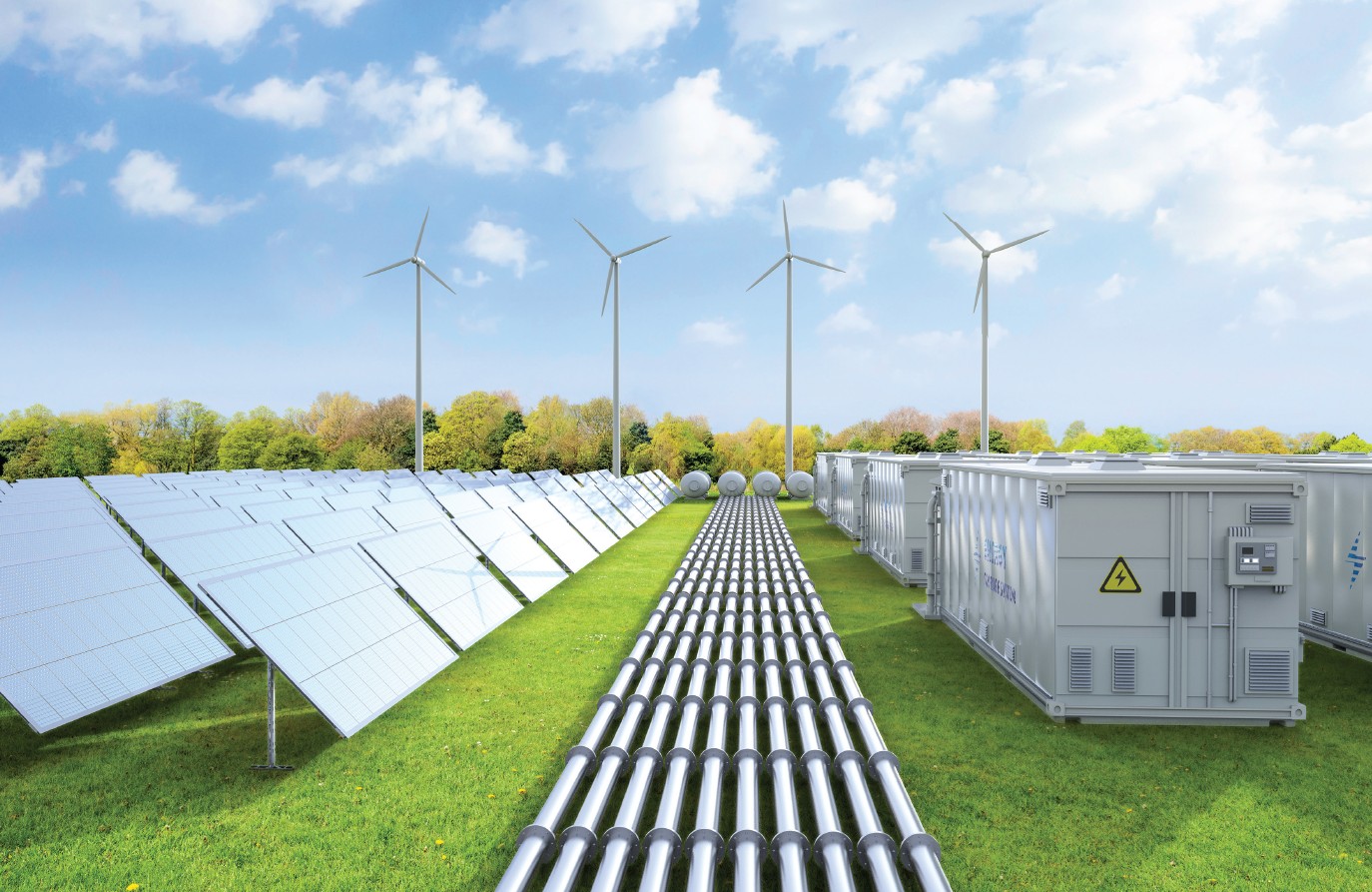
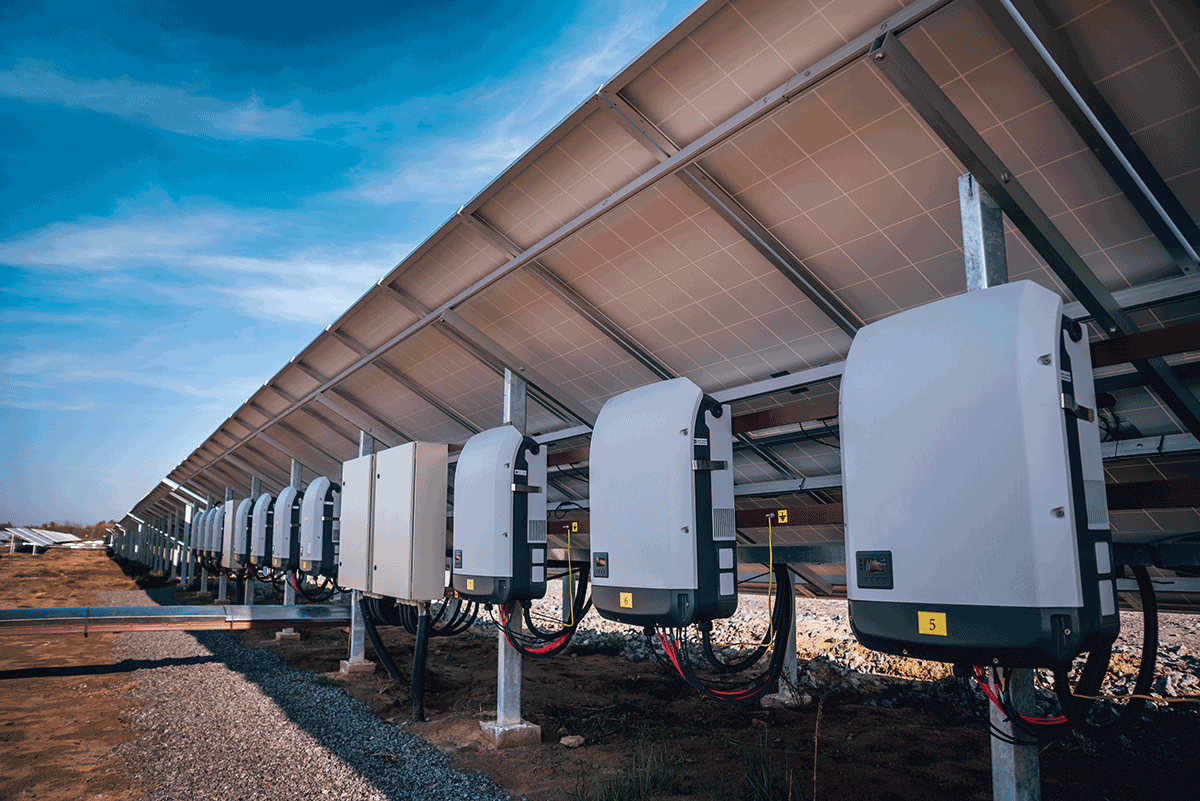
Find Us on Socials